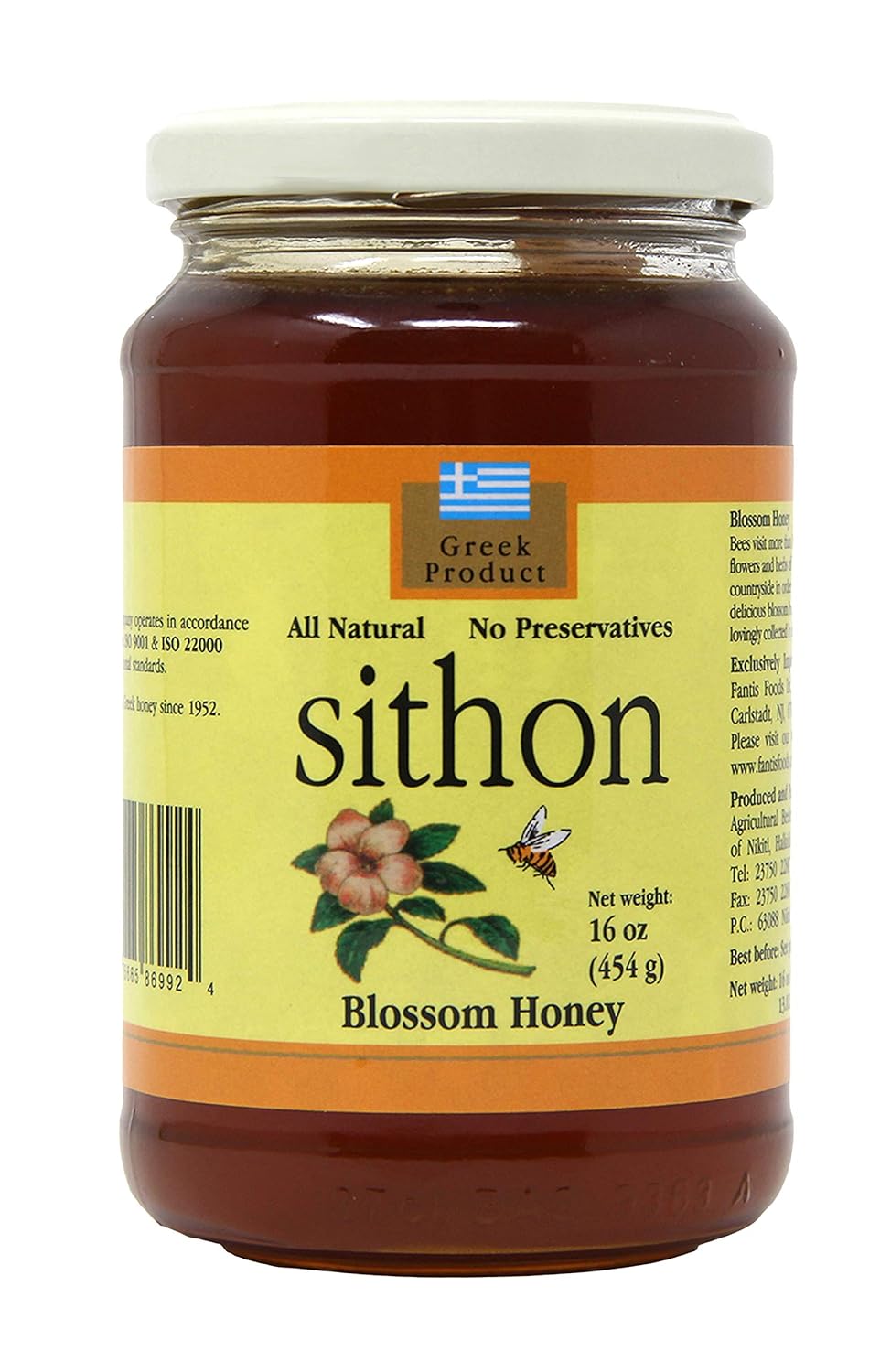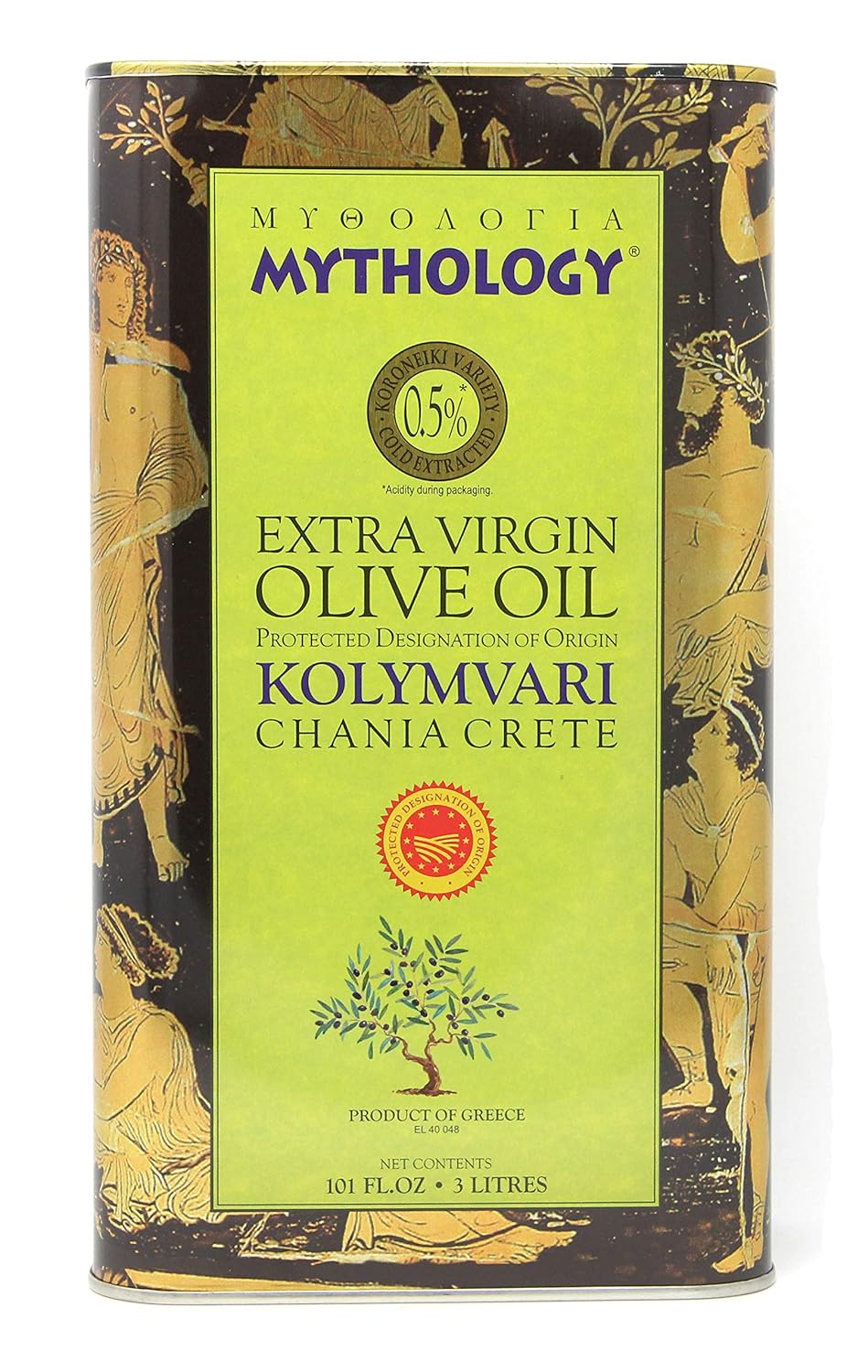Start a special taste adventure with Retsina Greek wine. Explore a flavor both unique and steeped in history. Many find Retsina’s taste surprising due to the pine resin it’s made with. This tradition began long ago, where wine was preserved using pine resin in amphoras. Now, the Kechris family in Thessaloniki continues this legacy, crafting fine Retsina since 19391.

Kechris’ Tear of the Pine stands out, made with Assyrtiko grapes. It’s aged in new oak barrels with lees, bringing out lemon basil, rosemary, and thyme flavors1. They’re known for using fresh semi-solid resin and top grapes1. Kechris is also famous for their rose Retsina, made with Xinomavro grapes. They’re leading the way in reimagining traditional Greek wine1.
Retsina is gaining interest again in the world of wine. It’s not just unique; it’s great with food too, like calamari1. Advocates such as Stelios Kechris are changing how we see Retsina. They’re making it an important part of Greece’s wine scene and a top choice globally.
Key Takeaways
- Retsina Greek wine offers a unique flavor touch with its pine resin.
- The Kechris family has made high-quality wine since 1939 in Thessaloniki1.
- Kechris’ Tear of the Pine, made with Assyrtiko grapes, is a standout1.
- Kechris produces the only rose Retsina, using Xinomavro grapes1.
- Modern Retsina is appreciated for its food pairing potential, especially with fried dishes1.
Introduction to Retsina Greek Wine
Retsina Greek Wine is unique in the world of wines due to its long history. It has been around for over 2,000 years, making it a true classic2. Originally, the Greeks sealed their wine with pine resin to keep it fresh. This ancient method gave retsina its special taste before glass bottles were common2
Over time, winemaking methods have changed, but the spirit of retsina remains. Even though using pine resin no longer serves a practical purpose, it’s still popular for its taste2. Retsina has a unique smell of pine that takes people back to old Greek traditions.
The European Union has even recognized retsina as a special part of Greek culture2. To make it today, pine resin is added to the wine during fermentation. This creates a clear and fragrant wine but with a less overpowering resin taste2.
Retsina goes well with strong-tasting Greek foods, enhancing the dining experience2. The tradition of enjoying it with local dishes shows how important it is to Greek culture. It’s truly a beloved part of Greek heritage and a favorite among traditional Greek wines.
History and Origins of Retsina
Retsina goes back to ancient times in Greece. It has become a key part of the Greek culture. It is known as a significant symbol of Greek winemaking.
Ancient Winemaking Techniques
Over 4,000 years ago, Retsina was already known. Evidence from 2,700-2,200 BC shows it was made in Crete3. The Greeks found that by using Aleppo pine resin, the wine was kept well. This also made the wine taste unique4. The resin from Pinus halepensis gave the wine a taste of pine and lemon4. This began the long tradition of making pine resin wines in Greece3.
Evolution Over the Centuries
Even with time and change to using modern barrels, the pine taste of Retsina stayed popular. It marks the long history of Retsina in winemaking3. Retsina’s deep roots are in regions like Attica, Boeotia, and Euboea. These places are highly valued by the European Union4.
In the 20th century, there were struggles with quality because of mass production. However, from 2005, a new type of Retsina started to be made. This “new age” Retsina is of higher quality and competes well with other wines. Producers such as Kechris winery make these modern Retsinas. They are loved for being fresh, with a good balance of flavors. These include pine, herbs, and citrus fruits, showing the changes in winemaking over years3.
Grapes Used in Retsina Production
Retsina wine is made using special Greek wine grapes. The main ones are from the Savatiano and Roditis varieties. They give Retsina its unique taste.
Savatiano and Roditis
Savatiano grapes are key for making Retsina. They produce a wine that complements the pine resin taste. They are often mixed with Roditis and Assyrtico grapes, adding more flavors to Retsina5. On Rhodes, they also use Achinos grapes. This shows how grape choices can vary by region5.
New Varietals: Assyrtiko and Xinomavro
New Greek grape varietals like Assyrtiko and Xinomavro are now being used in Retsina. Assyrtiko grapes make Retsina sharper and able to age longer6.
Xinomavro adds more layers to rosé retsinas. It’s an example of Retsina getting better with time. This change shows Retsina’s ongoing improvement with the use of ancient grapes2.
Modern Retsina makers like Gaia Estate, Kechris, and Tetramythos are highly regarded. They make sophisticated wines5.
Using Assyrtiko has made a big difference. For example, Kechris’ “The Tear of the Pine” becomes even better with age6.
Ktima Eyoinos’ Retsina from Spata mixes Roditis and Savatiano grapes. This shows how traditional and new grapes can work together in Retsina6.
The Role of Pine Resin in Retsina
Retsina Greek Wine stands out because of its pine resin infusion. This adds a unique smell and taste to it, setting it apart from other wines7. For at least 3,500 years, pine resin has been used in Retsina. Back then, winemakers added the resin during the fermentation stage. This gave the wine its special character7.
In the late 18th century, up to 7.5 percent of the wine was pine resin8. By the 1960s, this dropped to 2 percent. Now, the legal amount is between 0.15 and 1 percent87.
Kechris and other modern Retsina makers have improved their methods. They ensure their wines, even the cheaper ones, are better than before8. One key to this is high-quality pine resin. Kechris winery, for example, adds a small amount of fresh resin during the wine-making process9. This adds a perfect balance between the grape’s fruitiness and the pine scent.
Aleppo pine trees provide the best resin. It’s collected when the grapes are collected, ensuring it’s very fresh9. The trees’ height affects the resin’s smell. Trees grown at higher altitudes give a citrus smell, while those at lower altitudes provide a more herbal scent8. This lets winemakers mix different resin types to get unique wine flavors, enhancing Retsina without changing its core taste.
Tetramythos, Aoton, and the Georgas Family are leading the upgrade of Retsina. They are trying new things with the resin and the grapes like Assyrtiko and Xinomavro. These efforts are not just about making the wine taste better. They are about creating a balanced, enjoyable wine experience78.
Modern Retsina Production Methods
Nowadays, Retsina makers focus on using new techniques in winemaking. They work hard to keep the quality high. At the same time, they make sure their wine appeals to both old and new fans.
Innovative Techniques
Using the latest in winemaking has changed Retsina a lot. Before, a thick pine resin layer covered the wine. Now, this layer is taken out before the wine is bottled5. This change makes the wine tasty with a hint of pine, not too strong. As it ages, the wine gets smoother and seems sweeter thanks to these methods6.
Focus on Quality Ingredients
Brands like Kechris and Ktima Eyoinos really care about making great Retsina. They pick top-quality grapes, like Roditis and Savatiano. These grapes come from cool places or old vineyards, making them special10. The pine resin used comes from certain forests, picked at just the right time. This adds a lot to Retsina’s smell and taste10. Thanks to these careful choices, Retsina has a great mix of herbal and fruity flavors.
| Period | Technique | Characteristic |
|---|---|---|
| Ancient Times | High Resin Content | Overpowering Turpentine Aroma5 |
| 1960s | Mass Production | Heavily Resinated Wines5 |
| Modern Day | Clarified Resin Film | Delicate Flavor Profiles5 |
Retsina Tasting Notes: What to Expect
Retsina is known for its unique, natural taste. It tastes strongly of citrus, with a pine resin flavor, and herbs. Traditional Retsina has a lot of herbal and pine tastes. But, newer styles mix in flavors like lemon basil, rosemary, and thyme.
Retsina has a unique ability to keep its resin smell while adding a complex taste. This makes it great with many different foods. Retsina wines, including those from Repsene and Malamatina, offer a wide range of flavors11. It’s said that Retsina doesn’t cause much of a hangover. This makes it good for casual events and meals11.
Modern Retsina tastes bright and refreshing. It has hints of ginger, tangerine, and grapefruit. These flavors appeal to those who like white wines with a unique herbal touch. Retsina is best served cool, between 8°C and 10°C. A tulip-shaped glass helps you smell and taste its flavors better12.
Retsina is good with many foods, such as dolmades and spanakopita. It also goes well with fried fish and stuffed veggies1112. Because it doesn’t often lead to a hangover, more people are interested in it. This makes it a wine for those who know a lot about wine and those who are just starting11.
If you want to learn more about Greek wines, check out “THE ILLUSTRATED GREEK WINES BOOK” by Nico Manessis. It gives a deep look into Greek wine culture11.
| Brands | Flavor Profile | Alcohol Content |
|---|---|---|
| Repsene | Citrusy, hints of pine | 12% |
| Malamatina | Resinous, herbaceous | 12% |
| Karela | Intense, herbal | 12% |
| Domaine Papagiannakos | Lemon basil, rosemary | 12% |
| Gaia’s Ritinitis Nobilis | Pine resin, citrusy | 12% |
Popular Regions for Retsina Greek Wine
Thessaloniki and Attica are key to the special taste of Retsina. They are known for making top-notch Retsina wine using a mix of old and new methods.
Thessaloniki’s Notable Producers
Wineries in Thessaloniki are famous for their mix of past and present in winemaking. The Kechris family, for instance, uses old and new techniques, making high-quality Retsina more famous in the area. They focus on using local supplies and careful ways of making the wine, crafting Retsina’s unique taste.
Attica Region and Its Contributions
Near Athens, the vineyards of Attica hold over 50 wineries. They make a lot of Retsina using local grapes like Savatiano, Roditis, and Assyrtiko13. Wineries such as Domaine Papagiannakos and the Georgas Family are well-known there13. Until the late 1970s, wine tavernas could only sell their own, homemade wines13. This deep history brings rich, full flavors to today’s Retsina wines from the region.
Let’s dive deeper into what makes these areas special for Greek wines:
| Region | Notable Producers | Unique Characteristics |
|---|---|---|
| Thessaloniki | Kechris Family | Blend of traditional and modern winemaking |
| Attica | Domaine Papagiannakos, Georgas Family | Predominantly uses indigenous grape varieties and was historically confined to homemade wines until late 1970s |
Pairing Retsina with Food
Retsina is a unique wine that pairs well with *Greek cuisine*. It comes from the Attica region14. This wine goes great with dishes like grilled calamari and Greek salad. It also enhances the taste of oysters and spicy food15
To find great pairings, try retsina with foods like calamari and Greek salad with feta. The wine’s pine flavor matches well with these dishes. It’s from places like Attica, Viotia, and Evia, which add to its historical taste14.
Pairing retsina with grilled calamari and Greek salad shows off its unique flavor. The wine has a medium alcohol level, making it perfect for meals14. Choosing wines like retsina, Assyrtiko, or Malagousia helps everything blend together. It connects retsina to traditional Greek meals16.
Looking for some ideal pairings? How about:
| Dish | Recommended Wine |
|---|---|
| Grilled Calamari | Retsina or Chardonnay |
| Greek Salad with Feta | Sauvignon Blanc or Retsina |
| Stuffed Grape Leaves | Retsina or Vermentino |
Retsina is getting more popular worldwide15. Its unique taste makes it fit well in modern meals. Pairing it with the right dish can make any meal great. Retsina opens the door to lots of delicious food pairings in *Greek cuisine*.
The Renaissance of Retsina
The Retsina revival is changing how we see Greek wines. In recent years, there’s been a new focus on making this historical wine better. Producers in Greece are using their traditions but with better quality. This change is making Retsina stand out as a sophisticated and special type of wine. It’s moving away from its old image as just a simple or cheap wine17.
Central to this revival is using top-quality grapes and pine resin. The pine resin adds a unique taste to Retsina. While before it was just added, now it’s used in a way to bring out the best flavors. Modernizing the process leads to a finer and more attractive Retsina17. Savatiano grapes are key in making high-quality Retsina. Their use, especially in the PGI Retsina of Attiki, adds elegance to the wine and allows it to age well17.
The rising demand for great Greek wines is also propelling Retsina’s comeback, especially in the USA18. With better quality, Retsina is making its way onto upscale restaurant menus around the world. This change is catching the eye of both experts and newcomers to the wine scene19. Thanks to new vineyard methods and a focus on balanced flavors, the perception of Retsina is shifting in the wine world1718. This rebirth doesn’t just celebrate an old tradition; it opens up new opportunities for Greek winemaking.
FAQ
What makes Retsina Greek wine unique?
How did the use of pine resin in winemaking begin?
What are the primary grapes used in production?
How does the pine resin affect the flavor of Retsina?
What modern techniques are used in Retsina production?
What are some tasting notes typically associated with Retsina?
Which regions in Greece are known for producing Retsina?
What foods pair well with Retsina?
How is Retsina evolving in the modern wine market?
Source Links
- https://sanfranciscowineschool.com/blogs/blog/19215555-retsina-worth-a-second-look – Retsina: Worth a Second Look
- https://en.wikipedia.org/wiki/Retsina – Retsina
- https://culinarybackstreets.com/cities-category/athens/2019/retsina/ – Retsina: The Fall and Rise of a Misunderstood Greek Classic
- https://studyhowandwhy.altervista.org/what-is-retsina-and-what-are-the-characteristics-of-this-wine/ – What is Retsina and what are the characteristics of this wine? | Study how and why
- https://www.wine-searcher.com/regions-retsina – Retsina – Greece Wine Region | Wine-Searcher
- https://winefolly.com/deep-dive/retsina-wine-making-surprising-comeback/ – Retsina Wine is Making a Comeback | Wine Folly
- https://lehmannlarsen.com/2023/07/12/is-retsina-finally-getting-the-recognition-and-love-that-it-deserves/ – Is Retsina finally getting the recognition and love, that it deserves?
- https://quench.me/drinks/retsina-greeces-traditional-wine/ – The story behind retsina, Greece’s traditional wine | Quench Magazine
- https://www.internationalwinechallenge.com/Canopy-Articles/understanding-the-role-of-pine-resin-in-retsina.html – Understanding the role of pine resin in retsina
- https://grapecollective.com/articles/distinctly-greek-a-new-style-of-retsina-wines-is-revitalizing-one-of-the-worlds-longest-lived-wine- – Distinctly Greek! A New Style of Retsina Wines is Revitalizing One of the World’s Longest-Lived Wine Traditions
- https://www.greecefoods.com/wine/ – A Guide to Greek Wine
- https://oliveology.co.uk/greek-retsina/ – Greek Retsina – Oliveology
- https://the-buyer.net/tasting/wine/hawkings-retsina-greek-wine – The Buyer | Why now is the perfect time to give retsina a second chance
- https://www.greece-is.com/retsina-is-back-2/ – Retsina Wine is Coming Back with a Vengeance – Greece Is
- https://blog.myparea.com/pair-greek-wine-food/ – How to Pair Greek Wine with Food – MyParea, A Family of Friends
- https://www.mcclaincellars.com/how-to-pair-wine-with-greek-cuisine/ – How To Pair Wine With Greek Cuisine
- https://www.the-buyer.net/insight/wines-of-attica-special-and-the-amazing-retsina-renaissance – The Buyer | Wines of Attica Special and the amazing ‘Retsina Renaissance’
- https://www.blackpoolmattswineclub.com/blogs/blogs/the-renaissance-in-greek-wine – the renaissance in greek wine
- https://thisdayinwinehistory.com/the-long-history-of-resin-wine-retsina-from-ancient-to-modern-times/ – The Long History of Resin Wine: Retsina, from Ancient to Modern Times
Welcome to “Cooking with Greek People,” your go-to YouTube channel for discovering the rich, flavorful, and diverse world of Greek cuisine! Whether you’re a seasoned chef, a home cook, or someone who just loves great food, our channel is designed to bring the heart of Greece into your kitchen.






Online Store: This post contains affiliate links. If you use these links to buy something, we may earn a commission at no extra cost to you.
Author: Bob
With over 20 years in Bioinformatics and AI in Molecular Diagnostics, Bob Stavrou advises BiCos, focusing on authenticating OLIVE OIL DNA. He's also a passionate contributor to YouTube Cooking with Greek People and appeared on Greek TV show Savvatokiriako Me Ton Manesi, bridging science and culinary arts. Watch it on Alpha TV.




